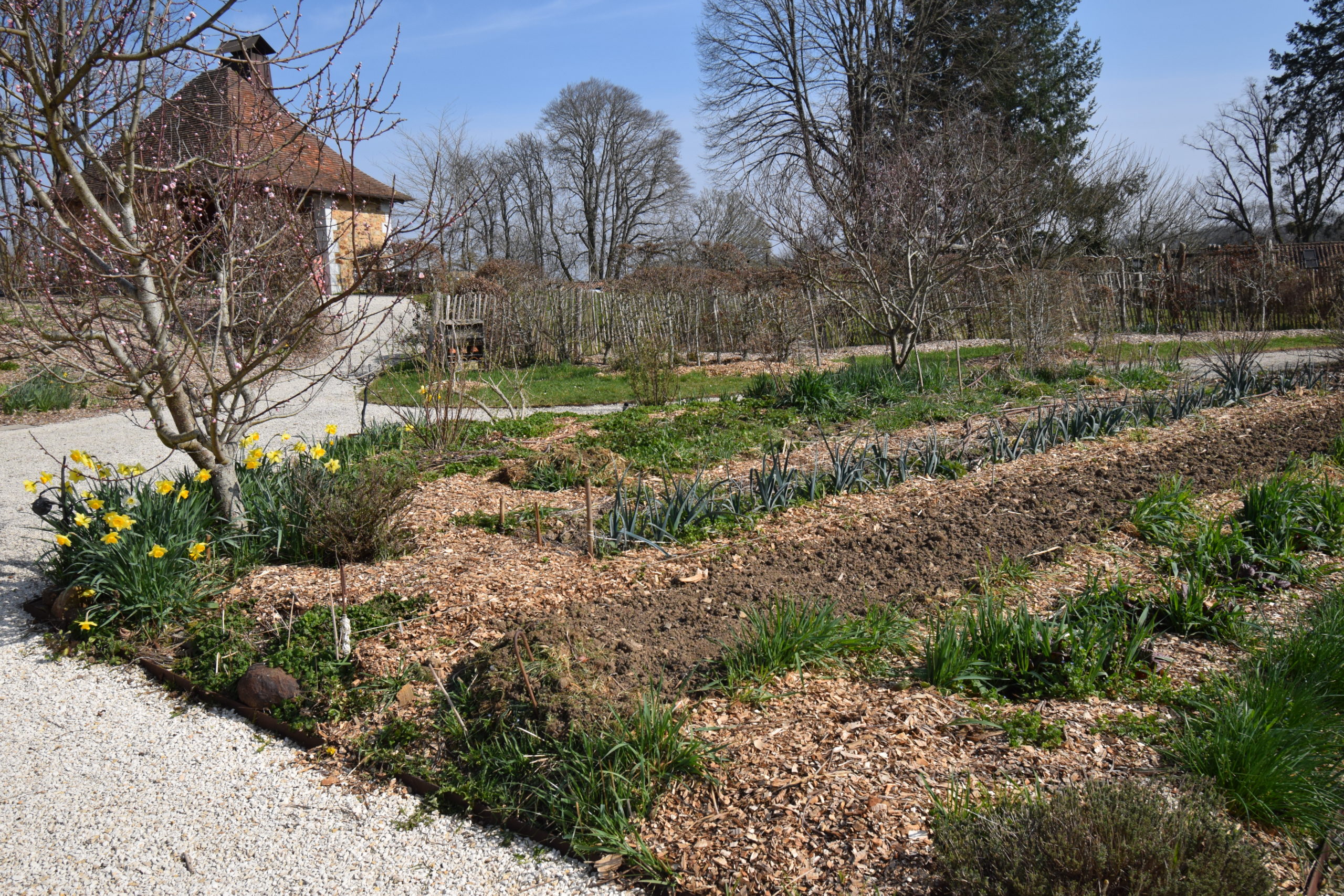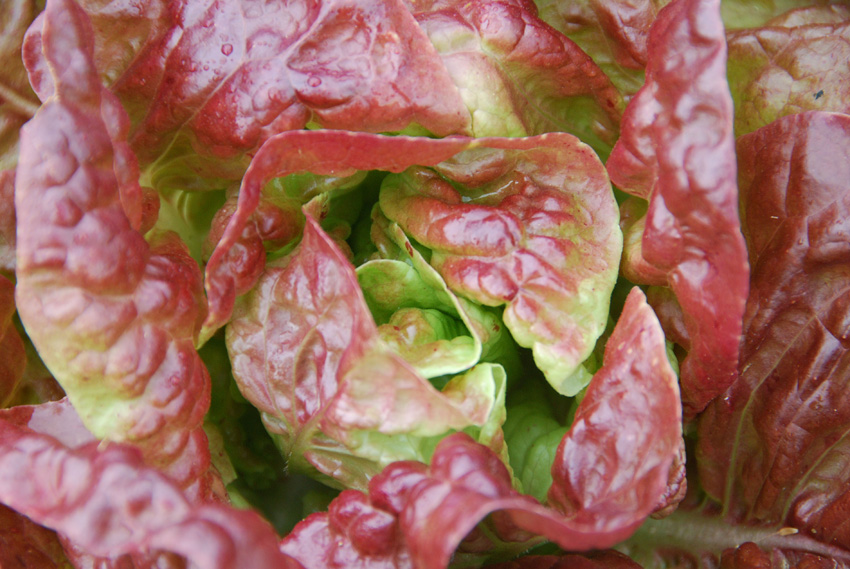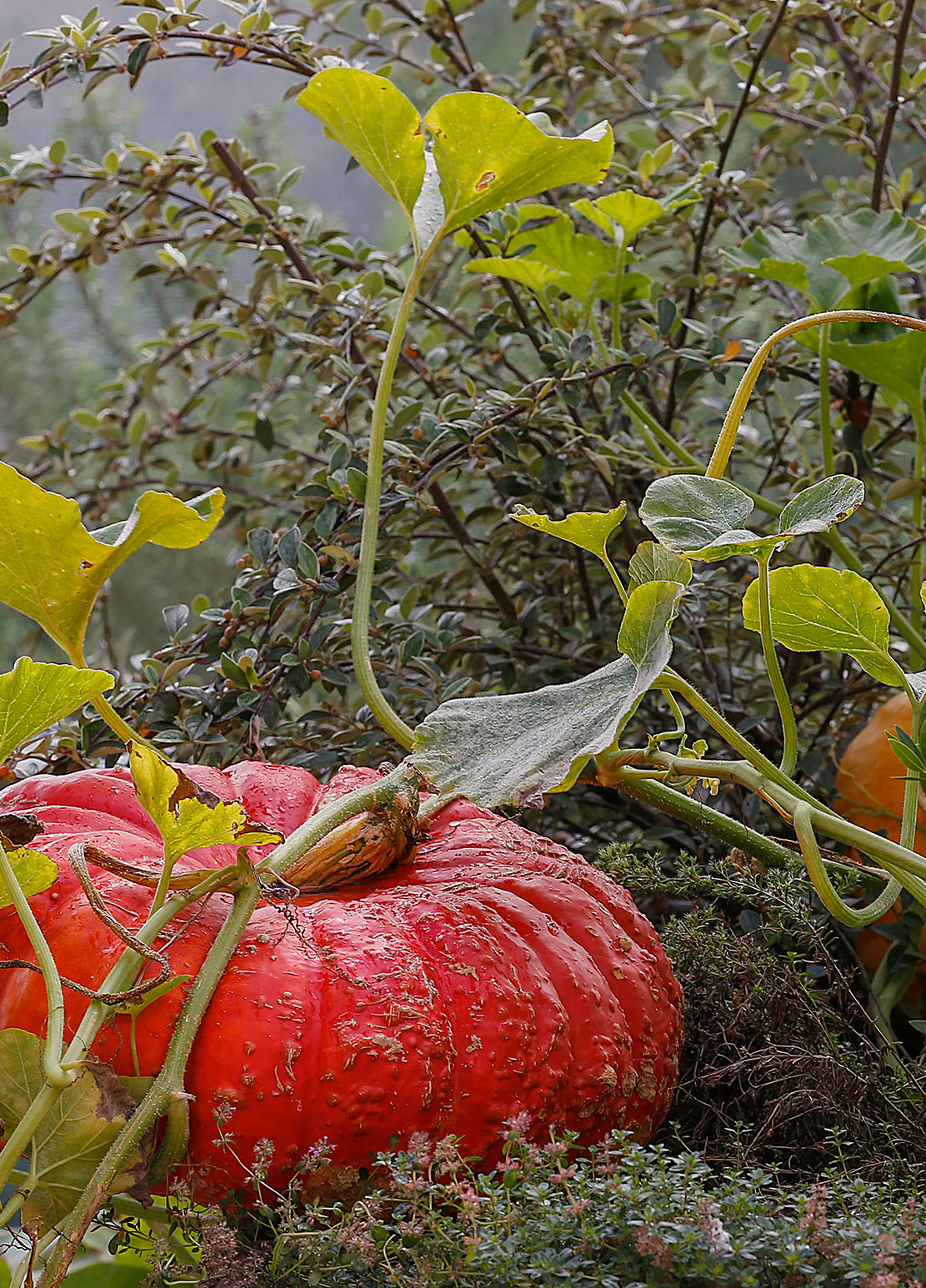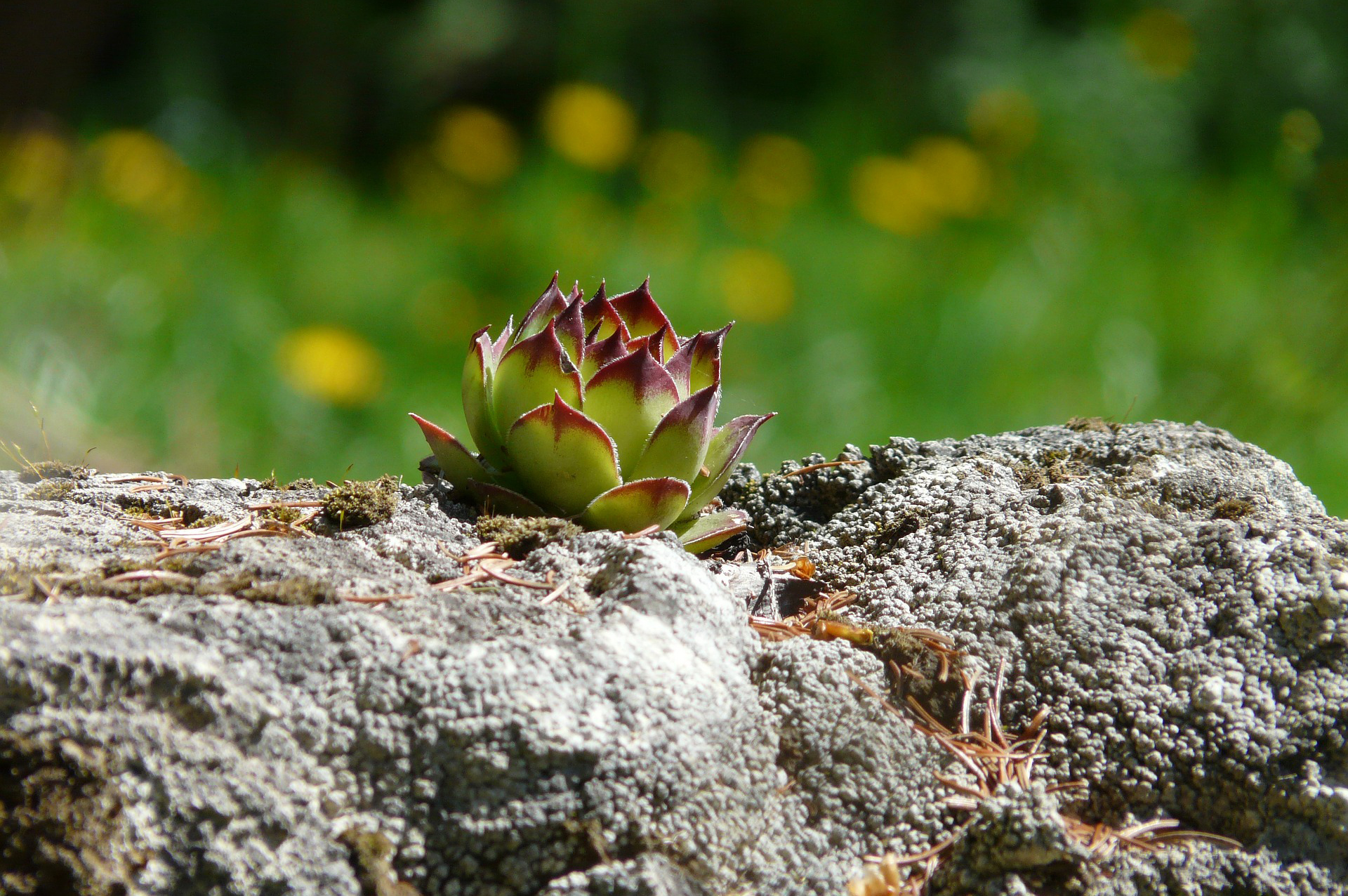TRANSPLANTING SEEDLINGS
Temperatures are becoming milder and the seedlings in our small pots have already grown a few leaves. It is time to transplant them, either to the greenhouse or outdoors.
Transplanting means placing young seedlings in the soil so that they may blossom and grow as summer approaches.
Before you transplant your future vegetables, you must aerate the soil, fertilize it with compost, loosen it with a four-pronged fork and level it with a rake.
According to the lunar calendar, transplanting should be undertaken when the moon is waning, i.e. 14 days after the full moon. This is to encourage growth and an improved circulation of the sap in the plants. Young plants must be exposed to the sun to enjoy a constant temperature. The dark colour of the soil is an asset to retain the heat
First moisten your seedlings so that they can soak up water, before quickly transplanting them into the ground. You can form holes with a dibble or a small garden trowel.
Then place your seedlings into the ground and press the root balls down, but do not press down the base of the leaves. Then generously water the bed to bind the roots to the soil. Kind thoughts when planting are always welcome. Then cover the soil with a layer of straw. Your gardening season is finally underway.
How you space your transplants can be measured with a guiding line to create straight, well-organised beds. The spacing depends on the size of the vegetables once ripe.
LASAGNA GARDENING
Different cultivation techniques can be tried out in your garden. One of them is lasagna gardening. This method allows you to fertilise the soil thanks to the substantial contribution of organic matter which will be superimposed in alternating layers
Raised beds for lasagna gardening, which are good for the back, are also very productive and stimulate plant growth.
Here is a how-to video:
This technique consists in creating raised garden beds, in wood or straw, adding organic matter and planting your vegetables on them. Here is how: link to the video.
In a garden, in direct contact with the soil and with a raised bed of straw, the lasagna method creates a microclimate and retains water for the plants. It can be put together at any time of the year and used immediately.
GARDEN ASSOCIATIONS
Transplanting creates the perfect opportunity to associate vegetables in your vegetable garden with companion planting. You can transplant them onto your lasagna.
Companion plants are plants that help each other out thanks to beneficial chemical interactions.
Here are some examples of plant associations for your crops:
Lettuce/beetroot/tomato
Green beans/celery
Raspberry/Forget-me-nots
Onion/lettuce
Potato/beans
Eggplant/red basil
Leek/carrot
Peas/cabbage
Spinach/radish
Strawberry plants/chives
Tomato/basil/French marigold
Transplanting will mark the beginning of your gardening adventure, bringing its share of promises, joy and hope. Watching your vegetables grow and your healthy plants is the key to an abundant and nourishing garden.
How do you start growing your vegetables?




